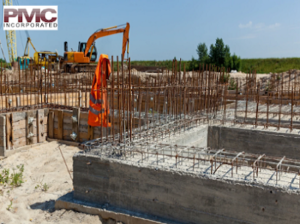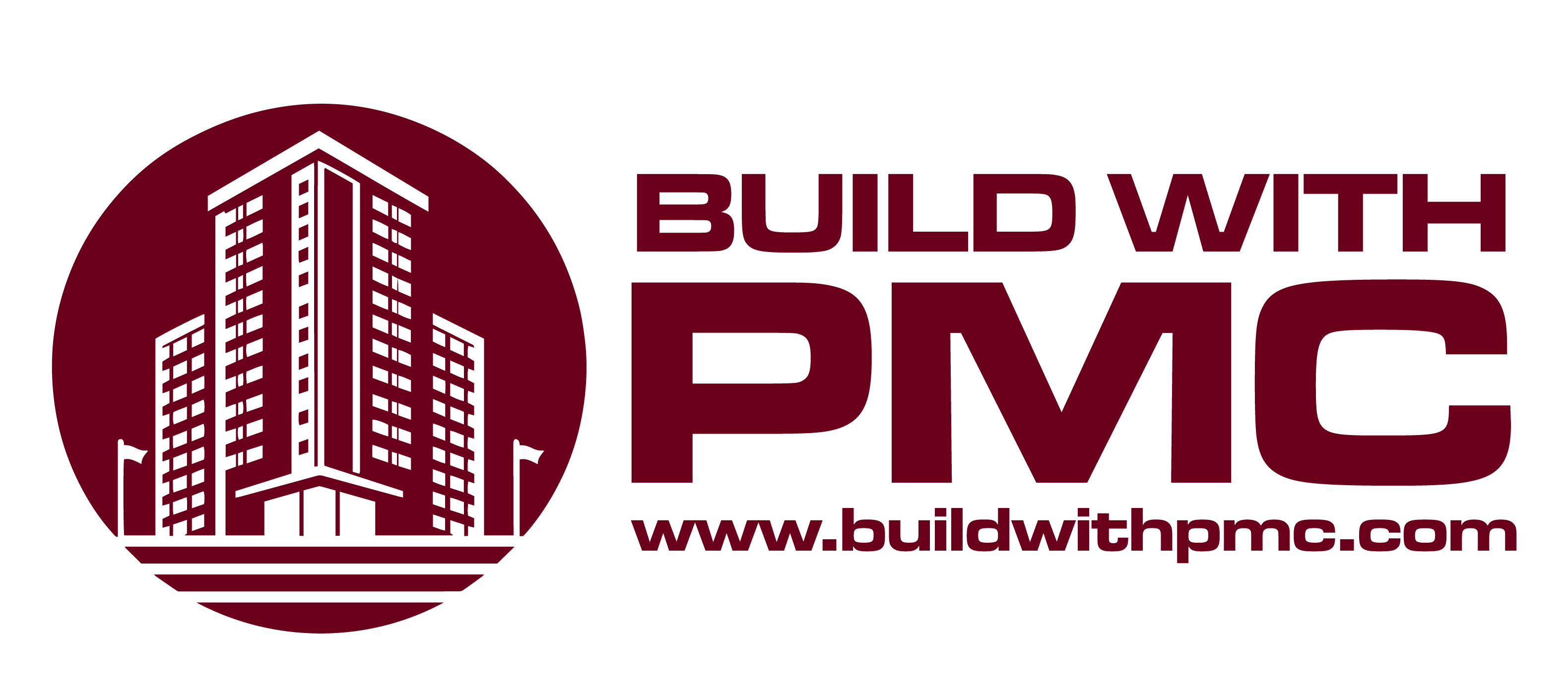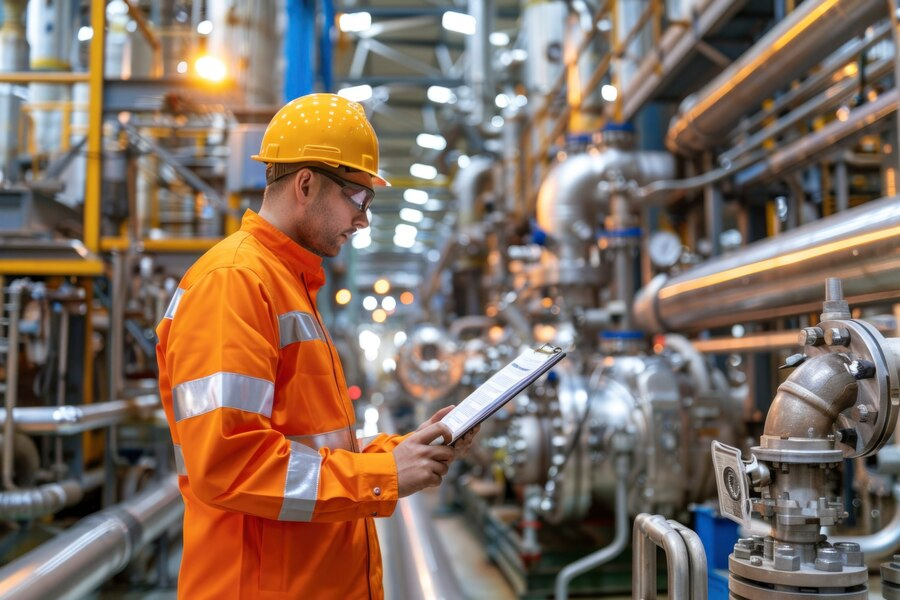In the bustling landscape of Southern California, where innovation meets necessity, a silent revolution is underway in the construction industry. Beyond the monolithic structures of concrete that have long defined the skyline, a new material is rising to prominence: structural steel. This article delves into the evolution, advantages, and impact of this steel revolution in the architectural landscape of Southern California.
A Legacy of Concrete
For decades, concrete has been the primary choice for construction in Southern California. Its versatility, durability, and relatively low cost have made it the cornerstone of architectural projects ranging from highways to high-rises. However, the limitations of concrete, such as weight and flexibility, have spurred the exploration of alternative materials.
Yet, for all its virtues, the dominance of concrete in Southern California’s construction industry was not without its challenges. The material’s inherent heaviness and susceptibility to cracking under seismic stress posed significant engineering hurdles, particularly in a region renowned for its seismic activity. The Northridge earthquake of 1994 served as a sobering reminder of concrete’s vulnerability, prompting a reevaluation of building practices and materials in the pursuit of greater resilience.
It is within this context of innovation and adaptation that the rise of structural steel finds its significance. As Southern California continues to evolve, embracing new technologies and materials, the legacy of concrete endures as a testament to human ingenuity and the enduring quest to build better, safer, and more sustainable cities.

The Emergence of Structural Steel
Enter structural steel, a material that offers unparalleled strength-to-weight ratio, allowing architects and engineers to design soaring structures with minimal material usage. Southern California, with its seismic activity and stringent building codes, has embraced structural steel for its resilience and adaptability.
One of the primary drivers behind the rise of structural steel is its exceptional strength-to-weight ratio. Unlike concrete, which is heavy and cumbersome, structural steel provides a high degree of structural integrity while being significantly lighter. This inherent strength allows for the creation of robust frameworks that can support expansive architectural designs without the need for excessive material usage. In a region where seismic activity is a constant concern, the lightweight nature of structural steel translates to structures that are better equipped to withstand the forces exerted by earthquakes, minimizing the risk of structural failure and enhancing overall safety.
Advantages of Structural Steel
The rise of structural steel in Southern California can be attributed to several key advantages it offers over traditional concrete construction:
Strength and Durability
Structural steel possesses exceptional strength, allowing for the creation of lighter yet stronger frameworks compared to concrete. This durability ensures longevity, especially in regions prone to seismic activity like Southern California.
Flexibility in Design
Unlike concrete, which often requires extensive formwork and curing time, structural steel allows for faster construction and greater design flexibility. Its ability to be prefabricated off-site reduces construction time and costs significantly.
Sustainability
Structural steel is a highly sustainable material, with a high recycling rate and minimal waste during fabrication. Its light weight also reduces the environmental impact of transportation, contributing to a greener construction process.
Resilience to Seismic Forces
Southern California’s susceptibility to earthquakes necessitates construction materials capable of withstanding intense seismic forces. Structural steel’s ductile properties make it an ideal choice for absorbing and dissipating energy during earthquakes, enhancing the safety and resilience of buildings.
Impact on Architecture
The adoption of structural steel has catalyzed a paradigm shift in architectural design across Southern California. Architects now have the freedom to envision iconic structures characterized by sweeping curves, intricate geometries, and soaring heights, previously unattainable with concrete alone.
Design Freedom
Structural steel’s remarkable strength-to-weight ratio has liberated architects from the constraints of traditional construction materials, opening up a world of design possibilities. Unlike concrete, which imposes limitations on shape and form, steel allows for the creation of sweeping curves, intricate geometries, and gravity-defying structures. Architects can now push the boundaries of imagination, crafting buildings that captivate the eye and inspire awe.
Iconic Landmarks
Southern California’s skyline is adorned with a new generation of iconic landmarks made possible by structural steel. From the sinuous forms of the Walt Disney Concert Hall to the futuristic elegance of the Broad Museum, these structures have become architectural marvels that define the region’s identity. Each steel-framed masterpiece stands as a testament to human creativity and engineering prowess, drawing visitors from around the world to marvel at their beauty.
Structural Expression
Structural steel not only serves as a building material but also becomes an integral part of architectural expression. Exposed steel beams, columns, and trusses celebrate the inherent strength and beauty of the material, creating visually striking interiors and exteriors. The transparency and lightness of steel structures allow for seamless integration with glass, further enhancing the sense of openness and connectivity in modern architectural design.
Sustainable Solutions
In an era of increasing environmental awareness, the sustainability of construction materials is paramount. Structural steel has emerged as a sustainable solution, with a high recycling rate and minimal environmental impact. Its inherent durability reduces the need for maintenance and replacement, leading to long-term cost savings and reduced carbon footprint. Additionally, steel’s ability to be prefabricated off-site minimizes construction waste and disruption, making it an environmentally responsible choice for builders and developers.
Resilience to Natural Forces
Southern California’s dynamic landscape is characterized by seismic activity, wildfires, and other natural hazards. Structural steel’s resilience and ductility make it an ideal choice for withstanding these forces, ensuring the safety and stability of buildings in the face of adversity. By incorporating steel into their designs, architects can create structures that not only withstand the test of time but also protect occupants and assets during emergencies.
Future Outlook
As Southern California continues to evolve and grow, the prominence of structural steel in its architectural landscape is set to increase further. Advancements in technology, such as Building Information Modeling (BIM) and advanced fabrication techniques, will continue to push the boundaries of what is possible with steel construction.
Conclusion
The ascent of structural steel marks a pivotal moment in modern construction. Its unparalleled strength, versatility, and sustainability have revolutionized the architectural landscape, offering a dynamic alternative to traditional concrete structures. As we look towards the future, embracing the possibilities of structural steel promises not only to elevate the skyline but also to shape a more resilient and environmentally conscious built environment.
For inquiries, collaborations, or further information on incorporating structural steel into your next project, feel free to reach out to PMC INC. Based in Southern California, our dedicated team stands ready to provide expert guidance and innovative solutions tailored to your unique needs. Contact us today at 562-905-3101 to embark on a journey towards building a brighter, steel-powered tomorrow.




